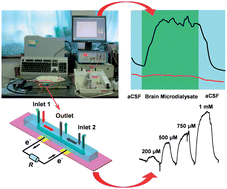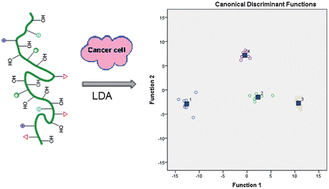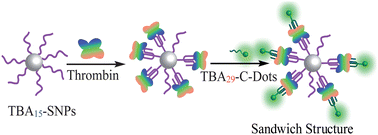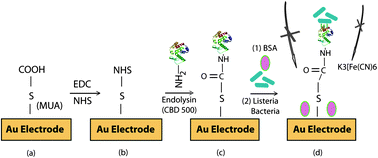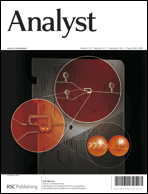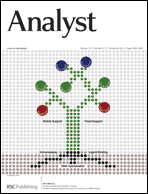7th International Symposium on Enabling Technologies (ETP 2013)
April 30 – May 1, 2013
Metro Toronto Convention Centre
255 Front Street
Toronto, Ontario, Canada

ETP 2013 provides an open, interdisciplinary forum for scientists, engineers and technologists to discuss research and development of innovative tools that extend the bioanalytical capabilities of researchers. Features include a world-class program of invited speakers from industry and academia, oral and poster presentations from submitted abstracts and exhibitor showcases.
ABSTRACT SUBMISSION – opens December 1, 2012
REGISTRATION – opens December 1, 2012
Fees include Breaks and Networking Reception

List of Speakers:
Dr. Perdita Barran, The University of Edinburgh
Dr. Ronald Beavis, Beavis Informatics Ltd.
Dr. John D. Brennan, McMaster University
Dr. Donald Douglas, University of British Columbia
Dr. Norman Dovichi, University of Notre Dame
Dr. Daniele Fabris, University at Albany
Dr. John Klassen, University of Alberta
Dr. X. Chris Le, University of Alberta
Dr. Richard Oleschuk, Queen’s University
Dr. Anthony Pawson, Mount Sinai Hospital
Dr. Pierre Thibault, Université de Montréal
Dr. Dietrich Volmer, Saarland University
Dr. John Wilkins, University of Manitoba
Symposium Chair: Dr. Daniel Figeys, University of Ottawa
We’ve collected together below some papers from these invited speakers, which will be free to access until 16 November – do use the opportunity to take a look.
How useful is ion mobility mass spectrometry for structural biology? The relationship between protein crystal structures and their collision cross sections in the gas phase
Ewa Jurneczko and Perdita E. Barran
Analyst, 2011, 136, 20-28
DOI: 10.1039/C0AN00373E
Bioactive paper dipstick sensors for acetylcholinesterase inhibitors based on sol–gel/enzyme/gold nanoparticle composites
Roger E. Luckham and John D. Brennan
Analyst, 2010, 135, 2028-2035
DOI: 10.1039/C0AN00283F
Simplified sheath flow cuvette design for ultrasensitive laser induced fluorescence detection in capillary electrophoresis
Oluwatosin O. Dada, Bonnie J. Huge and Norman J. Dovichi
Analyst, 2012, 137, 3099-3101
DOI: 10.1039/C2AN35321K
Characterization of microstructured fibre emitters: in pursuit of improved nano electrospray ionization performance
Xinyun Wu, Richard D. Oleschuk and Natalie M. Cann
Analyst, 2012, 137, 4150-4161
DOI: 10.1039/C2AN35249D
Micro- and nanostructures and their application in gas chromatography
M. Mittermüller and D. A. Volmer
Analyst, 2012, 137, 3195-3201
DOI: 10.1039/C2AN35184F












